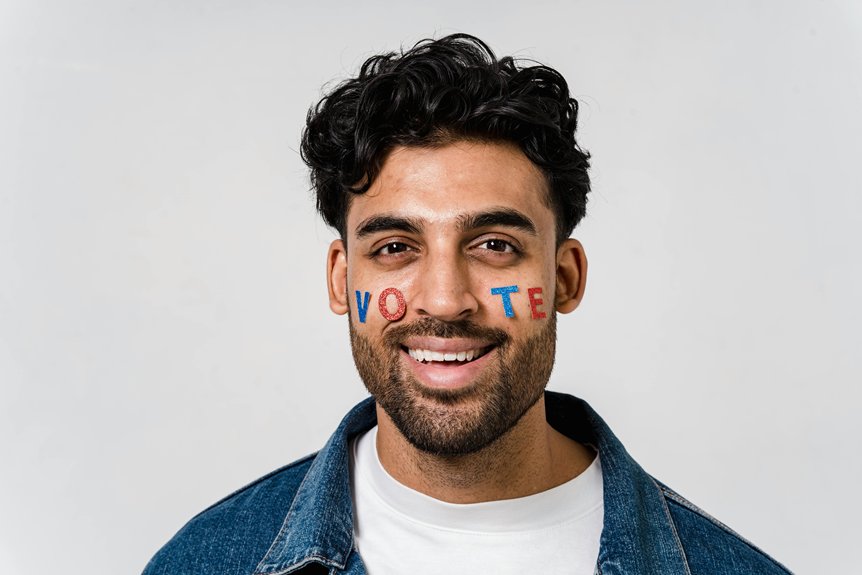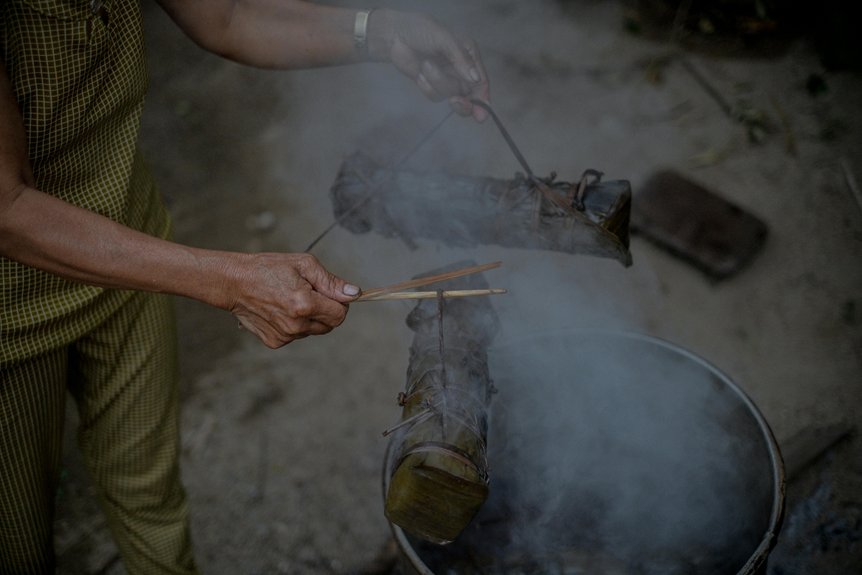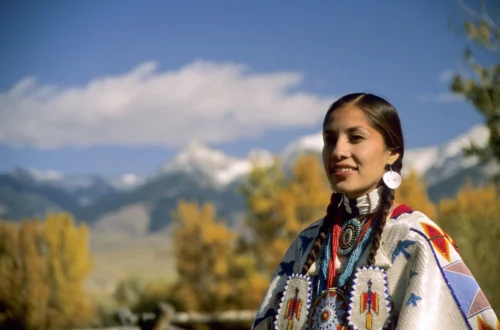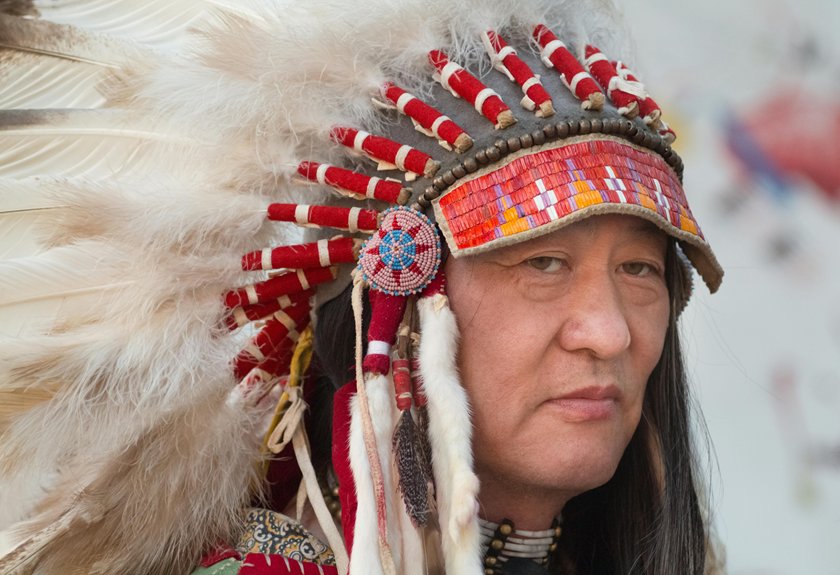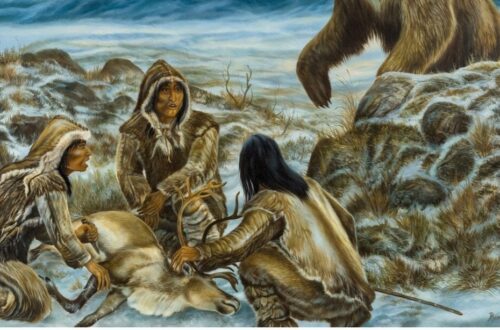You might think that all Native Americans enjoy full citizenship rights in the U.S., but that’s not the whole story. While the Indian Citizenship Act of 1924 granted them citizenship, many states found ways to circumvent this, effectively denying voting rights for decades. This complex history raises important questions about identity, representation, and the ongoing challenges faced by Indigenous communities today. What does true citizenship look like for Native Americans in contemporary society?
Historical Background of Native American Citizenship
Although many people assume that Native Americans have always been U.S. citizens, the journey to citizenship has been complex and fraught with challenges. When the U.S. was founded, Native tribes were often viewed as separate nations, leading to exclusion from citizenship rights.
It wasn’t until 1924, with the Indian Citizenship Act, that all Native Americans were granted U.S. citizenship, yet many states found loopholes to deny them voting rights for decades.
This historical backdrop highlights the struggle for recognition and equality. Understanding this context is essential; it shows how systemic barriers have shaped the relationship between Native communities and the U.S. government.
Key Legislation Impacting Native American Rights
The Indian Citizenship Act of 1924 was a significant milestone, yet it was only one part of a larger legislative landscape that has shaped Native American rights.
You should recognize several key laws that have had lasting impacts:
- Indian Reorganization Act (1934) – Aimed to restore tribal sovereignty and promote self-governance.
- Indian Civil Rights Act (1968) – Extended some Bill of Rights protections to Native Americans while recognizing tribal authority.
- American Indian Religious Freedom Act (1978) – Protected the rights of Native Americans to practice their traditional religions.
- Self-Determination and Education Assistance Act (1975) – Encouraged tribes to manage their own programs and educational initiatives.
These laws collectively reflect evolving recognition of Native American rights, highlighting ongoing struggles for autonomy and justice.
Supreme Court Decisions and Their Effects
As you explore the effects of Supreme Court decisions on Native American rights, you’ll find that these rulings have played an essential role in shaping legal interpretations of tribal sovereignty and citizenship.
Landmark cases like Worcester v. Georgia and United States v. Kagama have affirmed the rights of tribes to self-govern and have clarified the complex relationship between tribal and federal authority.
These decisions often reflect the prevailing attitudes towards Native Americans, influencing public policy and individual rights.
However, inconsistencies in rulings have also led to ongoing challenges, as tribes navigate legal frameworks that can undermine their sovereignty.
Understanding these decisions is vital in recognizing the ongoing struggle for justice and equality faced by Native communities today.
The Indian Citizenship Act of 1924
While many Native Americans fought for recognition and rights, the Indian Citizenship Act of 1924 marked a significant turning point in U.S. history. This landmark legislation granted U.S. citizenship to Native Americans, yet the path to full inclusion was still fraught with challenges.
Here are four key points to reflect on:
- Legal Recognition: The Act acknowledged Native Americans as U.S. citizens, but states could still deny them the right to vote.
- Cultural Impact: Citizenship didn’t erase tribal identities; many Native Americans continued to prioritize their cultural heritage.
- Political Engagement: The Act spurred activism and increased political participation among Indigenous peoples.
- Ongoing Struggles: Even with citizenship, numerous barriers remained, highlighting the need for continued advocacy for rights and recognition.
Current Status and Ongoing Challenges for Indigenous Communities
Despite gaining citizenship in 1924, many Indigenous communities still face significant barriers that hinder their full participation in American society.
Systemic issues like poverty, inadequate healthcare, and limited access to education persist. You might be surprised to learn that many Native Americans live in remote areas where resources are scarce.
Additionally, tribal sovereignty often clashes with state and federal policies, complicating governance and self-determination. Voter suppression tactics can also limit political participation, reflecting an ongoing struggle for representation.
By understanding these challenges, you can better appreciate the resilience of Indigenous communities and support efforts aimed at addressing these injustices.
Engaging with Indigenous voices and advocating for their rights can help foster a more equitable society for all.
